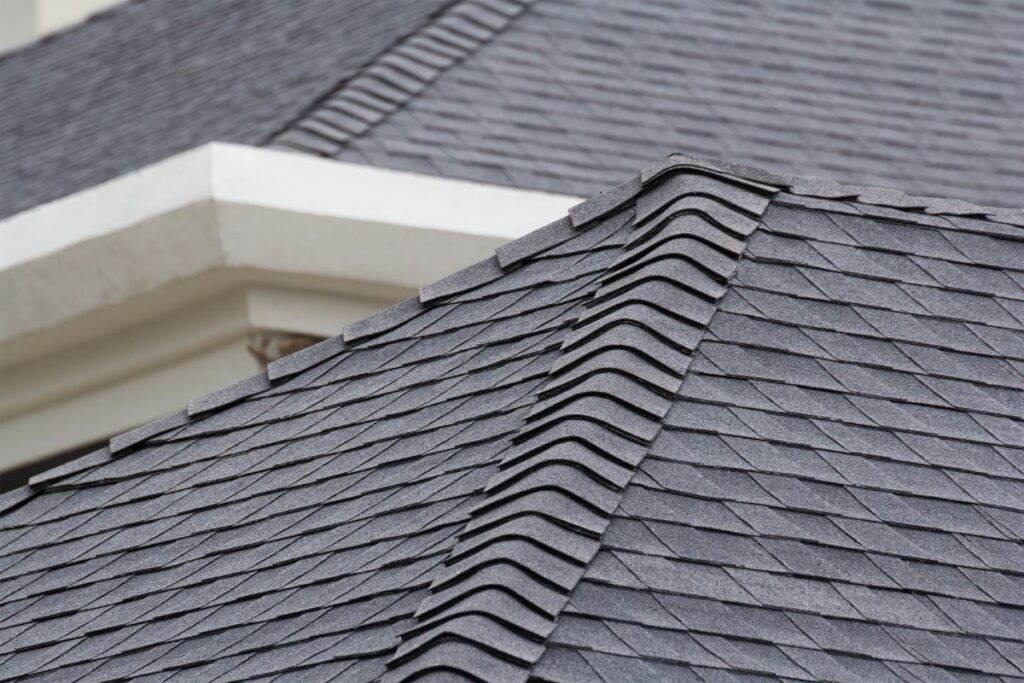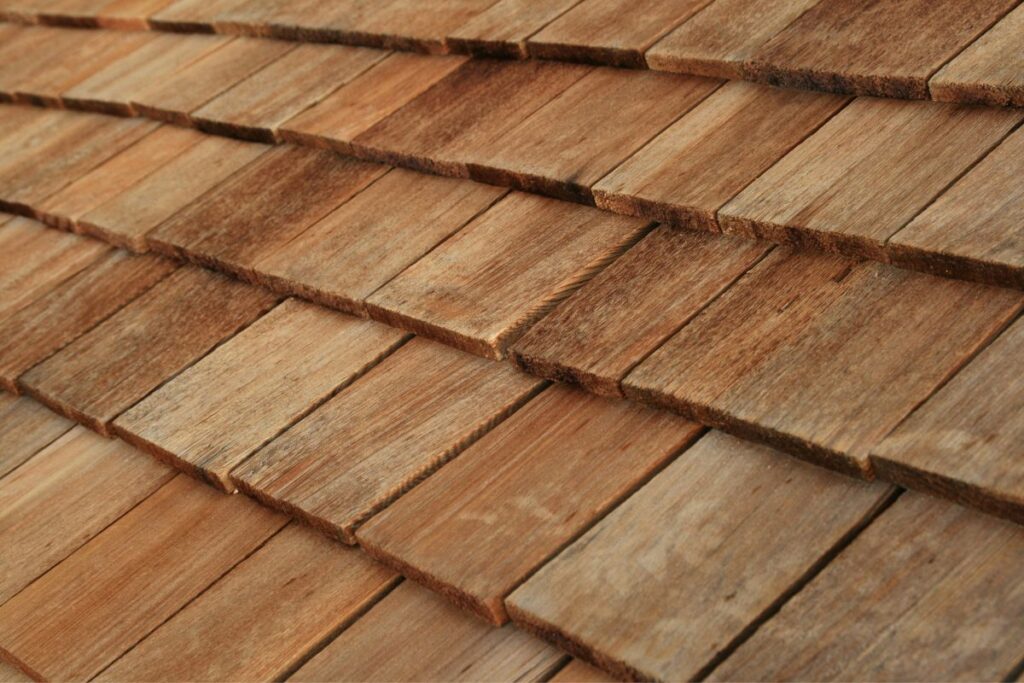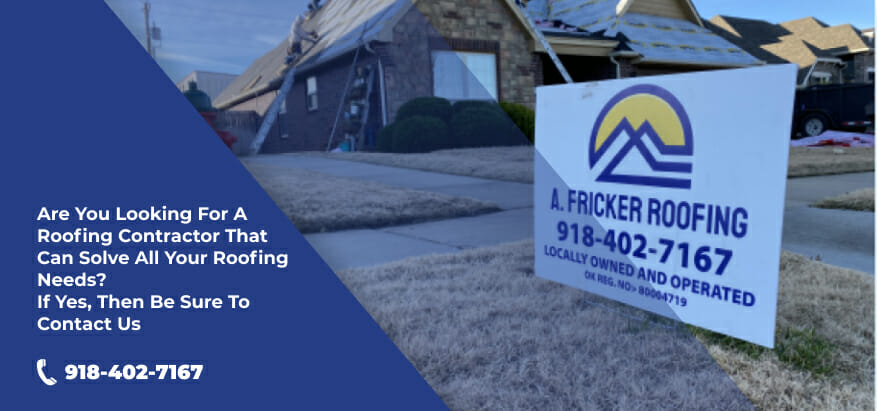When searching for different types of roofing materials, you’re faced with a varied range of options to choose from. Each material boasts different strengths, weaknesses, aesthetic attributes, and costs. Making the right choice involves a balance between aesthetics, durability, maintenance requirements, and budget.
This comprehensive guide aims to simplify your decision making process by shedding light on the different types of roofing materials available in 2024. I’ve included key insights about each material’s composition, longevity, cost implications, and much more. Whether you’re planning to install a new roof or replace an old one, understanding these factors can potentially save you time and money down the road.
An Introduction to Roofing Materials
A roof serves as a shield that protects buildings from harmful external elements like rain, wind, and sun rays—essentially everything Mother Nature might throw at it. Therefore, the importance of selecting proper roofing materials for your home cannot be overlooked.
Roofing materials are diverse in their characteristics. They differ not only in their physical appearances but also in terms of their composition and resilience against harsh weather conditions over prolonged periods. Furthermore, certain roofing materials can significantly escalate or reduce installation costs due to the amount of labor needed during the project.
In order to make an informed decision about the best-suited roofing material for your project needs—whether residential or commercial—you’ll first need to acquire knowledge about several popular options prevalent in today’s market.
The four primary groups we will focus on are asphalt shingles, metal roofing systems, tiles, and wood shakes and shingles.
Let’s jump right into it!
Types of Roofing Materials
As a professional roofer at A. Fricker Roofing and Waterproofing in Tulsa, OK, I’ve worked with many different types of roofing materials over the years. This section aims to shed light on their features, composition, pros/cons, and anything else that may influence your decision-making process.
1. Asphalt Shingles

Composition and Features
When we talk about different types of roofing materials for homes, asphalt shingles undoubtedly make the list. These shingles are composed mainly of either organic paper fiber mats or fiberglass saturated with asphalt and coated with mineral granules. Not only are they compatible with many architectural styles, but they also are available in various colors and patterns for enhanced aesthetics.
Asphalt shingles come in three main types: 3-tab, architectural, and luxury shingles, each with their pros and cons and cost of installation. 3-Tab shingles, being the most basic in materials and design, are the most affordable type of shingles, while architectural and luxury shingles, being the premium roofing materials, are the pricier upfront. However, they can save you money in the long run due to their extended lifespan.
Pros and Cons
The beauty of asphalt shingles lies in their affordability and ease of installation. If you’re after energy efficiency, opt for shingles with Cool Roofing Granules, which reflect sunlight impressively well. However, they can’t match the durability and lifespan offered by other options like metal or tile. Also, keep in mind that weather conditions can affect their efficacy, as extreme heat can cause cracking, while cold climates could lead to curling.
Cost
Lightweight yet durable, asphalt shingles are arguably the most popular choice among homeowners due to their economic viability. On average, the cost of asphalt shingles ranges from $4 to $12 per square foot.
2. Metal Roofing Systems

Types of Metals Used
Making a transition from traditional roofs to metals has become more common among homeowners in recent years. Metal roofs stand out as a particularly long-lasting option when looking at different types of roofing materials. Common metal roofing materials include aluminum, steel, copper, zinc, and galvanized steel.
In addition, metal roofs come in different styles and colors. The most common styles include standing seam metal roofing panels, metal roofing shingles, and corrugated metal roofing panels.
Moreover, according to Global Market Insights research, the “metal roofing materials market is projected to reach a valuation of USD 20 billion by 2032,” which indicates an upward trend favoring this robust roofing option.
Durability and Longevity
Homeowners and commercial building owners choose metal roofs due to their exceptional longevity—most can last anywhere between 40-70 years compared to conventional shingles, which typically serve 12-20 years under optimal conditions. They resist rusting as well as corrosion, eliminating common concerns about weather-induced damage.
Maintenance Requirements
While metal roofs may initially require higher upfront investments, their low maintenance demands offer substantial savings in the long run. Regularly cleaning to remove debris helps maintain their integrity and visual appeal.
Cost
Metal roofs present an attractive proposition for those considering sustainability and longevity. While initial installation costs of metal roofs may seem steep at between $4 and $20 per square foot, they’re balanced by low maintenance expenses and resilience against harsh climatic conditions.
3. Tile Roofs

Clay Tiles vs. Concrete Tiles
As you explore options for roofing materials, you’ll no doubt encounter tile roofs—particularly clay and concrete. Tile roofs offer superior durability and longevity compared to many other materials. Clay tiles have been a preferred choice due to their traditional Mediterranean aesthetics, while concrete tiles give off a more modern vibe.
Aesthetics and Design Options
Whether you go with clay or concrete depends largely on your preferences, since both present vast color choices and various designs that range from flat to round or ribbed patterns. The structural harmony they create between a building and its environment is often unbeatable.
Installation Challenges and Costs
Evidently, these heavyweight materials necessitate stronger roof framing than what’s needed for lighter alternatives like shingles or metals, often raising installation costs significantly. Therefore, we recommend that only professionals undertake this task to ensure safe installation.
Related: 7 Best Tile Roof Manufacturers & Everything You Need To Know
Cost
Both clay and concrete tiles add aesthetic appeal but come with higher price tags compared to other options, costing anywhere between $2 and $7 per square foot for materials alone. The installation can further elevate these costs, as a tile roof can cost anywhere from $8 to $22 per square foot including labor.
4. Wood Shake and Shingles

Natural Beauty and Eco-Friendly
If there’s one thing I love about wood shake and shingle roofs, it’s their natural beauty, which few other options can mimic. Their eco-friendly essence—being made from trees or recyclable woods—is often highly appreciated by environmentally conscious individuals. Wood shakes and shingles can be made from different types of wood, with some offering incredible resistance to weathering and thermal fluctuations.
Though wood shakes and shingles can be made of durable materials, they differ in design and appeal. Wood shakes offer a more rustic and natural appeal because of their hand-splitting design, while wood shingles present a more clean and uniform look. They can last up to 30 years with proper maintenance, which is longer than the basic asphalt shingles.
Weather Resistance and Longevity
While not ranking high in longevity like their counterparts, wood shakes are known for outstanding weather resistance—particularly against storms or strong winds—and provide excellent insulation during chilly winters or hot summers alike.
Maintenance Tips for Wood Roofs
Regular maintenance of wood roofs involves thorough cleaning to prevent moss growth and the application of a protective sealer. Ignoring this can lead to moisture absorption, resulting in rotting or insect infestation.
Cost
Wood shake or shingle roofs exude natural beauty while aligning with eco-conscious tendencies. Depending on the wood type selected, they typically cost between $4 and $15 per square foot.
While we have provided you with a broad view of expected costs, it’s crucial to remember that prices of any roofing material can fluctuate based on specific factors such as your region, house size, roof pitch, local labor rates, and more.
Don’t compromise quality for cheap upfront expense—choose wisely based on durability, aesthetics, and environmental impact.
Factors To Consider When Choosing Different Roofing Materials
When it comes to choosing the right roofing material, a multitude of factors should be taken into consideration. Whether you’re considering asphalt shingles, metal panels, or clay tiles, each material has unique qualities that might make it more suitable in specific contexts. Here are some critical elements to think about when comparing roofing materials:
1. Climate Considerations
One of the most important aspects to consider when selecting a material for roofing is the climate in which your building is located. The chosen material needs to be resilient enough to withstand local weather conditions throughout the year – whether scorching summers or snowy winters.
For areas prone to heavy rains or snowfall, for example, an inefficiently chosen roof material could lead to water damage and leaks over time. Metal or clay tiles could potentially be more suitable, thanks to their exceptional durability and water-resistant properties.
Also Read: Metal Roof vs. Shingles: Which One Is Best For Your Home?
Alternatively, if your area experiences intense sun exposure throughout the year, opting for reflective metal roofs can deflect damaging UV rays while helping to keep your property cool.
2. Architectural Style of the Building
The architectural style of your home also plays a crucial role in dictating appropriate roofing material choices. It’s essential that there’s stylistic harmony between various facets of your property so nothing sticks out like a sore thumb.
For instance, colonial-style homes often look best with traditional asphalt shingle roofs, while contemporary houses may better accommodate metal roofs’ sleek lines and minimalist aesthetic appeal. Conversely, if you own a Mediterranean-style villa or a ranch-type house, terracotta clay tile roofs can serve well functionally and visually.
3. Budget Constraints
With different types of materials come varying pricing brackets, so budget constraints become another significant deciding factor. While cost shouldn’t solely determine your choice — after all, “cheaper” doesn’t always mean “better”— it is indeed one element that needs careful examination.
For instance, while 3-tab shingles are generally an initially cost-effective option, they may not last as long as some other types of shingles. So, if you are planning to install this material, it is essential to decide which type of asphalt shingles are right for you.
On the other hand, clay or concrete tiles, while comparatively expensive upon investment, could provide long-term value because of their durability and little need for maintenance.
So, when choosing a roofing material for your home or commercial building, make a budget-friendly decision that aligns with your future goals.
3. Energy Efficiency Ratings
Energy efficiency considerations should not be downplayed. An energy-efficient roof keeps your property cool in the summer and warm in the winter, essentially reducing energy consumption and lowering utility bills.
Materials like metal roofs often possess impressive thermal emittance properties, reflecting sun rays back into the environment rather than absorbing them. Meanwhile, certain roofing materials can potentially qualify you for federal tax credits for energy efficiency —another point worth considering during your roofing material comparison.
Final Thoughts
Now that you know the pros and cons of different types of roofing materials, you can make an informed decision for your roof and the years to come. Deciding which roofing materials to install can be daunting and requires consideration of many factors – as mentioned in this blog post. Therefore, it is essential to factor in all the aspects before choosing a roofing material for your home or commercial building.
As professional roofers at A. Fricker Roofing and Waterproofing in Tulsa, OK, we have worked with many homeowners that faced problems because they didn’t choose suitable roofing materials.
Whatever type of roofing material you ultimately decide on, bear in mind that your choice will affect more than just aesthetics—it plays into factors such as resilience against weather conditions, long-term costs based on lifespan and repair requirements, plus potential savings due to improved energy efficiency.
Contact Our Trusted Roofing Company In Tulsa, OK, For Your Roof Installation
If you want to install a new roof or replace an existing one, contact A. Fricker Roofing and Waterproofing in Tulsa, OK.
A. Fricker Roofing and Waterproofing is a leading roofing company in Tulsa, OK, providing a wide range of roofing and home exterior renovation services to home and commercial building owners. We specialize in installing new roofs, replacing existing roofs, repairs, and comprehensive inspections.
Contact us today at (918) 402-7167 and consult a professional for your roofing needs.

